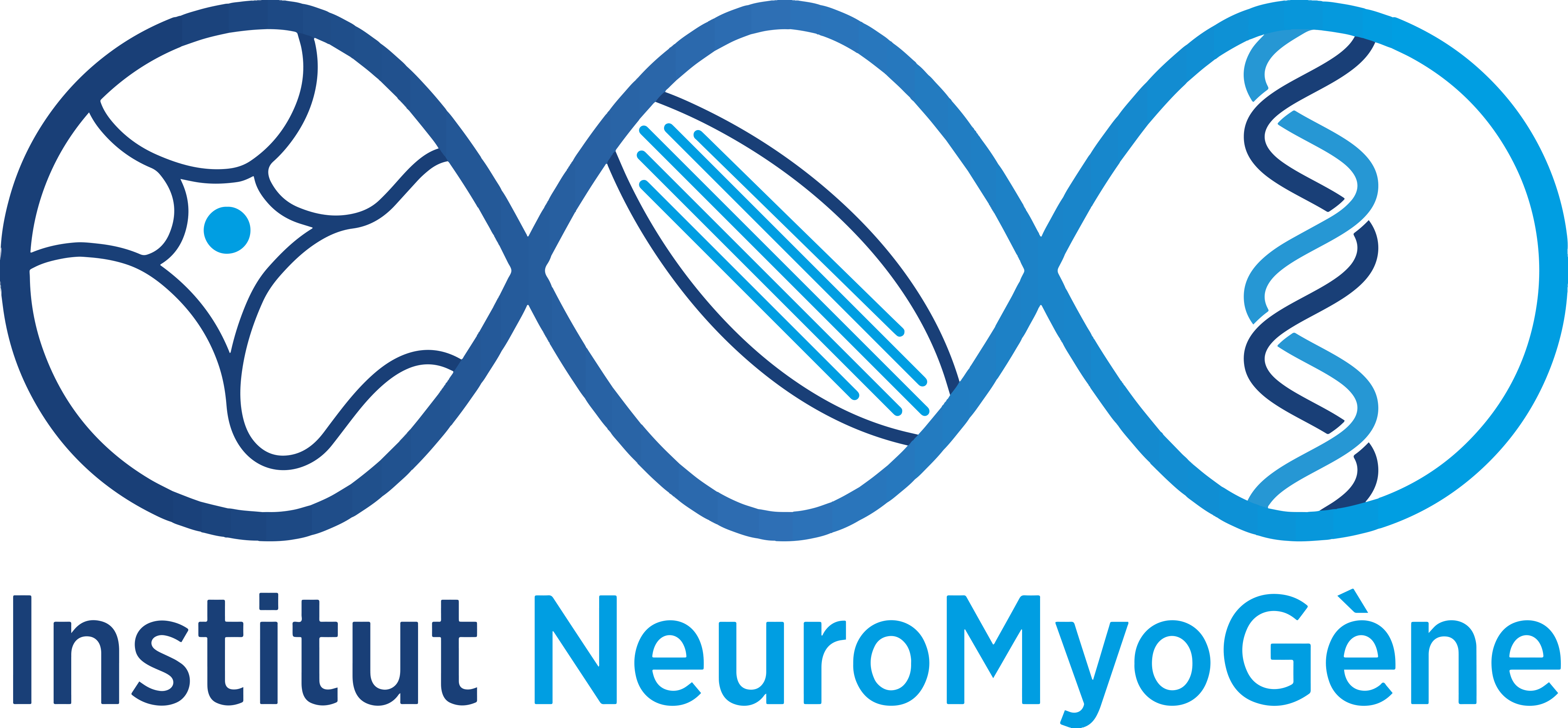Doublecortin contributes to neuronal migration through suppression of neurite branching and modification of the tubulin code.
Doublecortin is a neuronal microtubule-associated protein (MAP) that binds directly to microtubules via two Doublecortin (DC) domains. The DC domains are very sensitive to the nucleotide state, longitudinal curvature, and protofilament number of the microtubule lattice, indicating a role in the regulation of microtubule structure in neurons. Mutations in Doublecortin cause lissencephaly and subcortical band heterotopia (also known as double-cortex syndrome), which are diseases caused by impaired neuronal migration. To better understand the role of DCX in neuronal migration, we developed a model system based on induced pluripotent stem cells (iPSCs). We knocked out the Dcx gene in a male iPSC line using CRISPR/Cas9 gene editing and differentiated the cells into cortical neurons. Compared to control neurons, the DCX-KO neurons showed reduced velocities of nuclear displacements, consistent with a neuronal migration phenotype. The reduced velocities correlated with an increase in the number of branches early in the neuronal development process, a result that is consistent with data from a DCX-KO mouse model. Neurite branching is regulated by a host of MAPs and other protein factors, as well as by microtubule dynamics itself. Microtubule dynamics were unchanged in DCX-KO neurons, however, with similar growth rates, lifetimes, and numbers, as measured by live-cell imaging of EB3-mCherry electroporation. Rather, we observed changes in microtubule post-translational modifications, also known as the tubulin code, namely a significant reduction in polyglutamylation. Polyglutamylation is usually abundant in neurons and regulates, for example, microtubule severing enzymes and intracellular trafficking by molecular motors. Consistently, we observe that lysosomes in DCX-KO neurons show an increase in anterograde processive motility. We propose that the reduction of polyglutamylation leads to increased neurite branching and thus reduced neuronal migration. Our results indicate an unexpected role for DCX in the homeostasis of the tubulin code.

